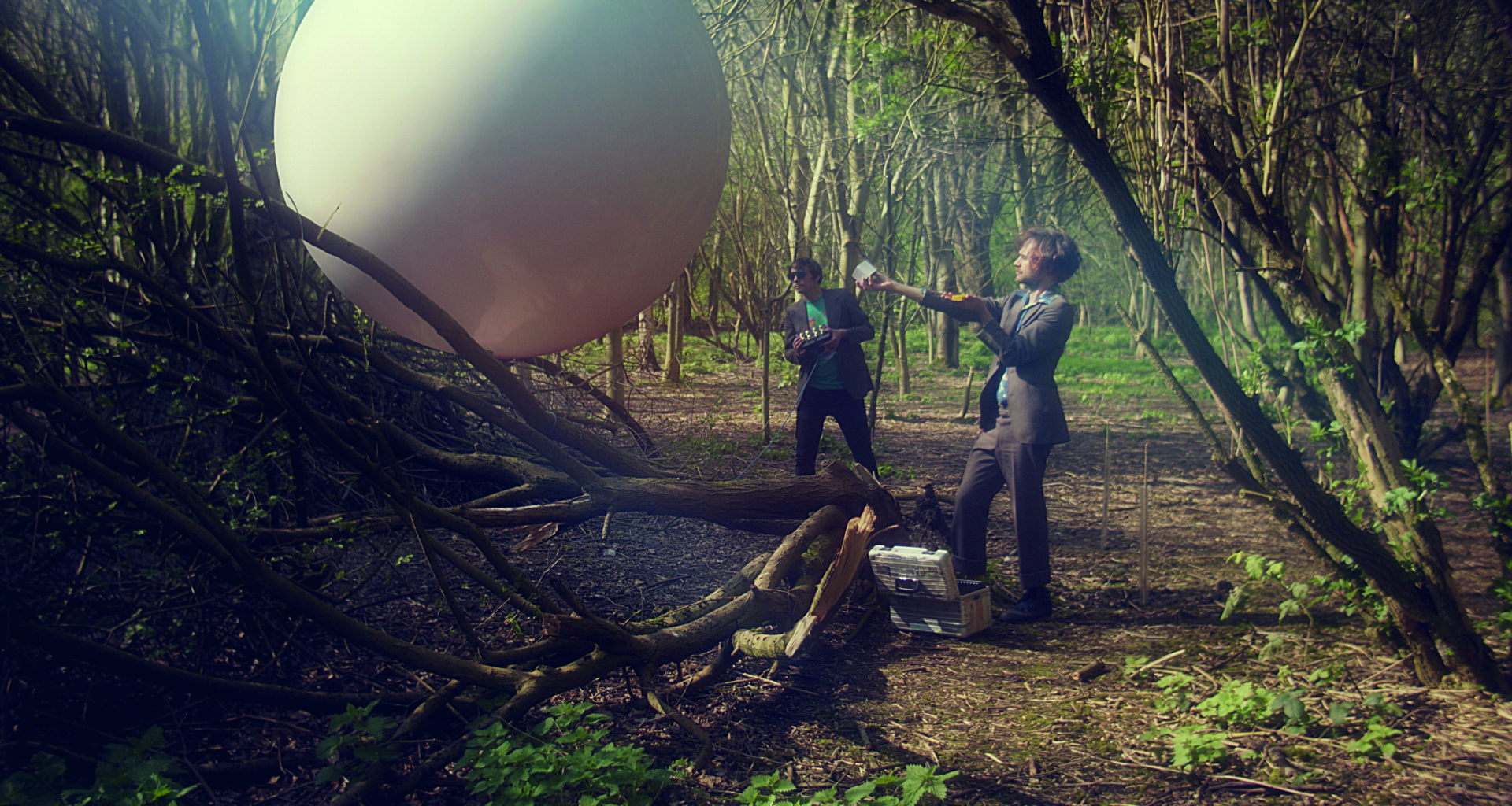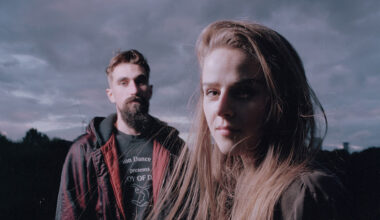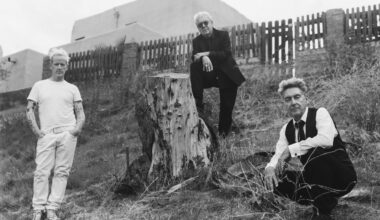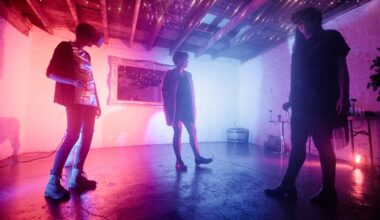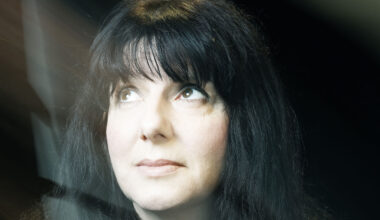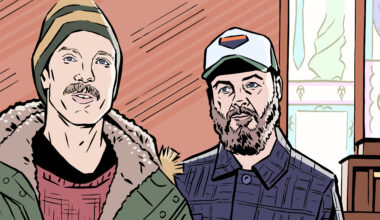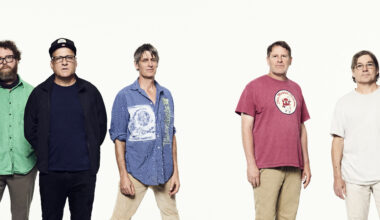Their live show is something else. you won’t forget it in a hurry. Squalling electronics and psychedelic visuals are key weapons in their armoury. Meet East London duo Sculpture
As a general rule, the average electronic outfit compromises of one of two types. The first is the little gang of like-minded souls, very much resembling the proverbial peas in a pod. Kraftwerk and Orbital are prime examples. The other type is best described as the chalk and cheese brigade, where the strength of the creative relationship seems to rest on the differences as much as the similarities of its constituent parts. Think Yazoo or Sparks.
You don’t need to spend very long in the company of Dan Hayhurst and Reuben Sutherland, who are east London duo Sculpture, to see that they reside very much in the latter camp. Quickly ditching our initial plans for a coffee shop rendezvous in favour of sheltering from the sweltering heat in the coolness of a dark and old central London pub (with its even cooler array of lagers), the pair’s contrasting personalities are soon obvious.
Hayhurst, installed sideways and feet up on a bench in a wooden booth of the pub, is soberly dressed in shorts and a plain T-shirt. From the start, he is the more talkative of the two. He seems to think and speak more in terms of mission statements, examining Sculpture’s motivations and techniques out loud. At times, he appears to almost question what he says as he says it, his brow furrowing as he does so, the struggle to translate and reduce those ideas to mere words written all over his face.
“I do think a lot about why we do it,” he says at one point half way through the interview, before it becomes clear he hasn’t reached a conclusive answer just yet. “There’s definitely a reason. We’re definitely trying to communicate something – or find something.”
His creative partner Reuben Sutherland interjects less often and speaks more succinctly. Sometimes to emphasise, in his dry Antipodean tones, a point that Hayhurst has made, or to offer an alternate way of understanding the same point. At other moments, he’s available to gently prick even the slightest hint of pomposity with a joke. He’s a little more scruffy in appearance and wearing a T-shirt bearing a startling concoction of retina-scorching dayglo colours. It’s perhaps no surprise to discover that he is the visual half of the duo, responsible for creating the art to match the confrontational, evocative music produced by Hayhurst.
It might be impressionistic films, picture discs or psychedelic zoetropic artworks designed to come alive when placed on revolving record turntables, filmed from above, and projected onto video screens. Or, in the case of the latest Sculpture enterprise, the ‘Nearest Neighbour’ album, a comprehensive graphic novel to accompany and enrich the experience of listening to the 23 fascinatingly abstract pieces of instrumental electronic experimentalism that make up the record.
The title ‘Nearest Neighbour’ is relevant to Sculpture on several levels. In a very literal sense, it relates to the duo’s roots – they initially met and began collaborating through being neighbours in the Hackney Wick area of London. Dan Hayhurst was making some interesting noises, some of which were audible from the street, and before long Reuben Sutherland had let his curiosity get the better of him and knocked on the door to introduce himself.
But there’s another meaning to the title that becomes clearer as you progress through the graphic novel. It tells the story of the dramatic changes that have overtaken their neighbourhood on the back of the 2012 Olympics in nearby Stratford, when this previously neglected corner of London suddenly caught the attention of the developers and estate agents. In the book, the relentless march of high-rise construction steadily surrounds and grows above the reader, until it has totally enveloped everything. Although Hayhurst has now moved from the area, Sutherland has remained there and the effect of these buildings rising up all around him has definitely shaped the book.
“I’m living in a really intense space in London where everyone got planning permission virtually on the same day in the run-up to the Olympics,” he says. “But then about a year ago, when the permissions were due expire in a couple of months, all these buildings and cranes went up around me at exactly the same time. I don’t think there’s anywhere in London where it’s been that intense.”
“It was as if literally half of that neighbourhood was demolished overnight,” adds Hayhurst.
“It was like, one café, two cafés, three cafés… Go! Invest!” laughs Sutherland.
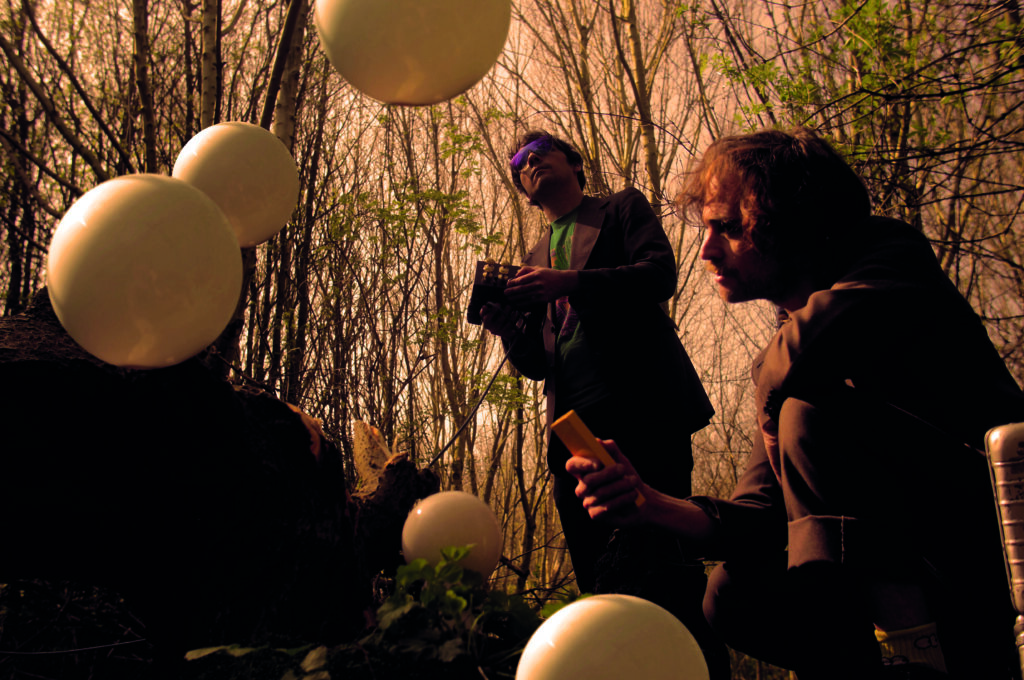
But while they are sorry that the community of like-minded creatives in the area has been broken up and dispersed, they reject the idea, propagated by Grayson Perry in one of his Reith lectures, that it’s the artistic life of an area that first makes it worthy of gentrification.
“There’s some graffiti there that says, ‘We made Hackney Wick – where’s my 10 per cent?’,” notes Sutherland. “But they didn’t do anything really. It was just inevitable.”
Not that people are taking the process completely lying down. Clearly upset by an estate agent producing a window display for flats in a new development called The Bagel Factory on the former site of an actual bagel factory called Mr Bagel, which previously filled the area with the heavenly smell of baking bread, some bright spark, much to the delight of many, smeared a home-made mixture of sour dough and tumeric over the property shop’s glass frontage.
“It’s just so blatant,” complains Sutherland of the rampant commercialisation. “And anyway, it was Mr Bagel not The Bagel Factory, you bastards.”
As for Sculpture’s music, don’t be fooled by Dan Hayhurst somewhat mischieviously declaring that the band’s albums (there are a string of them on their own Tapebox label, as well as 2014’s ‘Membrane Pop’ on Software, an imprint curated by Oneohtrix Point Never) are “industrial effluent”, a sort of side product of their main offering, namely playing live.
That might be technically and thematically correct, but this is powerful stuff, made using tape loops, “no-fi electronics”, and digital sequences played with a computer, a sampler, a battered reel-to-reel, a Walkman and effects units. It’s sometimes spooky, sometimes humorous. Raw electronica with its roots in techno, isolationist ambient, industrial music and full-on soundscape experiments.
Hayhurst’s stance is less an indication of quality and more a sign that the pair are determined not to get too bogged down in being analytical or precious about their output. The words “temporary” and “transitory” crop up in their biography when describing their recordings, which are made quickly and without applying too much theory beyond a modus operandi that Hayhurst describes as “not doing what you’re supposed to do”.
“The reality of my life is, hey, I’ve got 45 minutes to make a tune,” he says. “And actually that’s pretty good, because it really focuses you.”
He certainly enjoyed the questions that came in the wake of Sculpture calling their last studio album ‘Membrane Pop’.
“People were asking, ‘Is it really pop?’. In a way, I do think of it as pop because it certainly isn’t high art, but with the title I was thinking more of something going pop in your brain!”
Much of their music and their art is about found materials.
“Finding an old bit of sound or a visual and re-purposing it,” notes Hayhurst. “It’s something to do with taking all this detris of culture, screwing it up into a ball, and then spewing it out as fast as possible in hopefully quite a playful way.”
“When he says it’s found, he means literally that,” adds Sutherland, not wanting it to be confused with the other, more traditional definition of “found sound”, where a producer will make their own recordings out in the field.
“Finding spools of tape on the floor, hooking up a strip, cutting it out and turning it into a tape loop,” expands Sutherland. “Some pretty amazing things come out of that.”
“I like to be surprised,” agrees Hayhurst. “I love that combination of the banal and something pretty cosmic.”
As you might expect, they’re both admirers of William Burroughs’ tape cut-ups.
“The ones where he plays the tape backwards and forwards and makes people say things they’re not saying.”
Like Burroughs, who insisted, “If you cut into the present, the future leaks out”, they’re often pleasantly surprised by the new and totally unintended life that their relatively random juxtapositions can take on.
“Sometimes you discover that there is a message in there,” says Hayhurst.
Conversely, although he expresses much love for the continually honed aesthetic of Kraftwerk, Hayhurst sees Sculpture’s activities as the polar opposite of Ralf Hütter’s highly polished and carefully curated legacy.
“My favourite stuff of theirs is the stuff they pretend they didn’t do, like the ‘Ralf & Florian’ album,” he laughs.
If you’re looking for a direct influence, the duo say you could do worse than the work of 1930s experimental director and surrealist artist Len Lye, who used motion as a new artistic weapon and was prone to drawing on and distressing reels of film. In his 1935 animation, ‘A Colour Box’, he even spliced up jazz music in time to the visual cuts in the film.
Hayhurst is proud that Sculpture’s tracks are pretty much written as they go along and he says they would never turn up to a live gig knowing precisely what they were going to do. But he also admits that “there is a process of sorts, a cycle which the raw materials are put through.”
Moreover, despite the unrehearsed nature of their live outings, they still like the end result to act as “a vehicle that takes people somewhere”. And about half of the material, they reckon, is going somewhere specific.
“We don’t know what the other person is going to do when we turn up at a gig,” says Hayhurst. “So you’re throwing this stuff together and there are all these different permutations, but some of it might stick and become a sort of routine. That, in turn, might become a record. But there’s still a lot that is straight up improv.”
Get the print magazine bundled with limited edition, exclusive vinyl releases
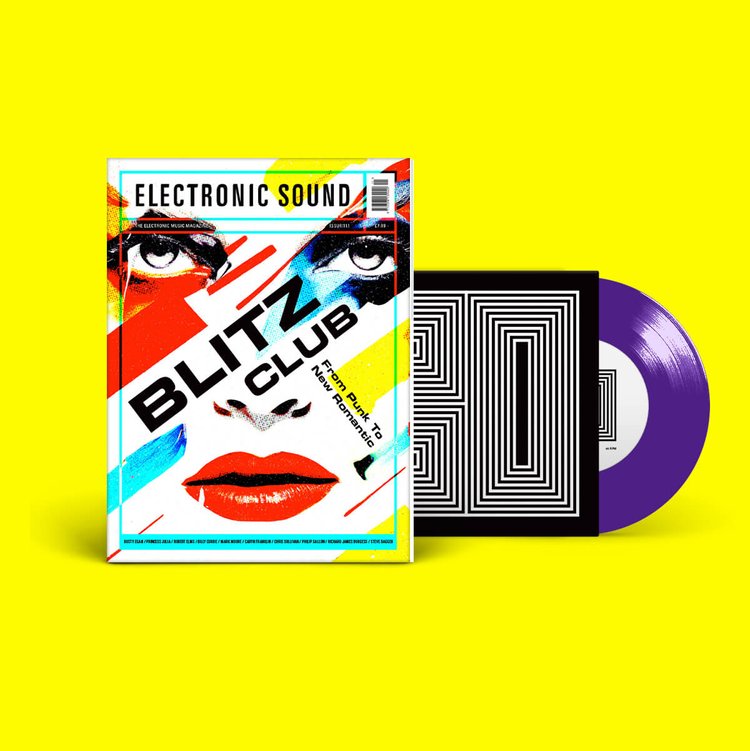
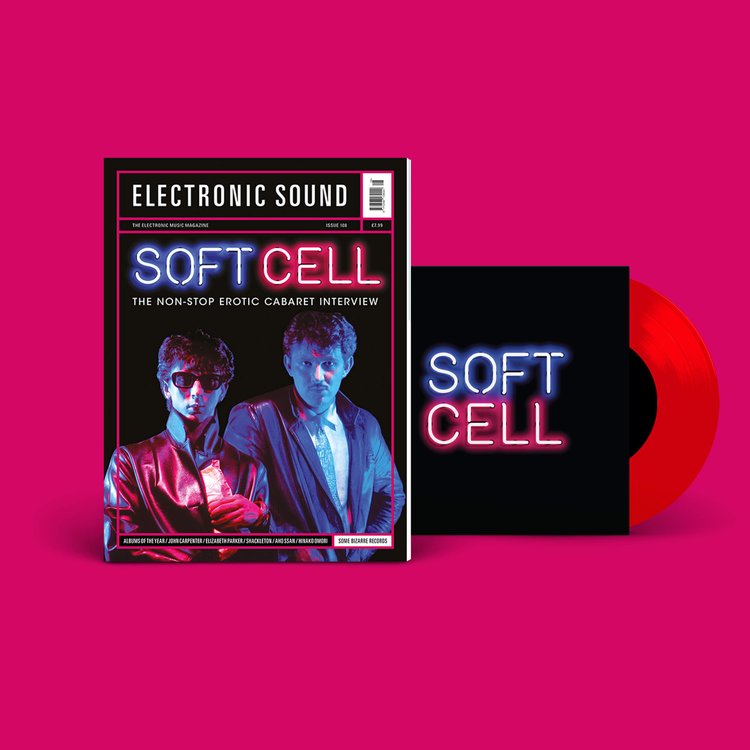
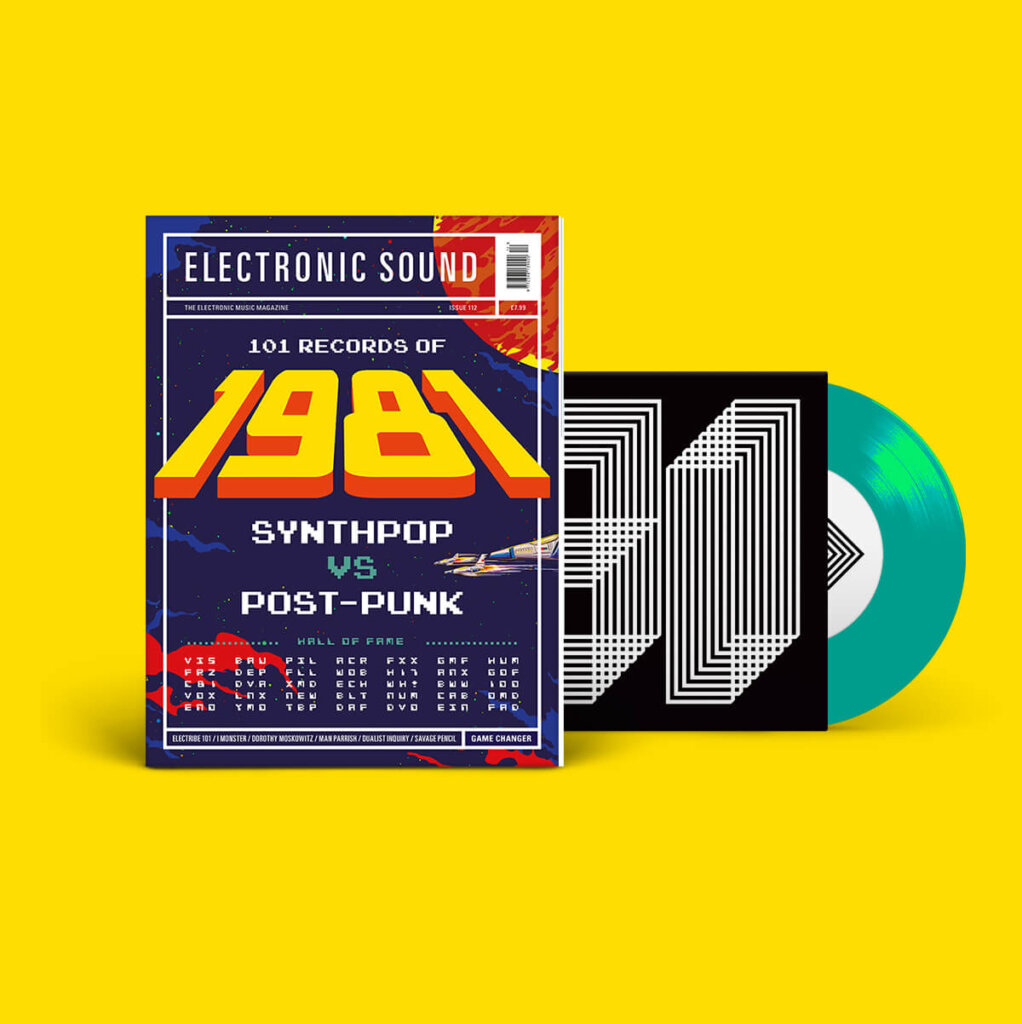
Show business being what it is, of course, there are other times when fortune lends a helping hand, with technical difficulties giving the projectors a slight time delay or rendering the visuals in black and white rather than colour. These are the kind of curveballs that they thrive on, keeping them on their improvisational toes and often resulting in some interesting new developments.
They’d relish the opportunity to extend the Sculpture experience into some largely unexplored sensory areas too.
“I would love to do a show where there was a perfumed garden,” suggests Hayhurst.
“We could have a scratch and sniff record sleeve like Devo,” adds Sutherland, immediately up for the challenge. He even quickly comes up with a name for the idea. “Smellivision!,” he laughs.
So there you have it, ladies and gentlemen. Sculpture – coming to an eye, an ear and possibly a nasal passage somewhere near you soon. We can only assume that Mr Bagel would thoroughly approve.
‘Nearest Neighbour’ is out on Tapebox
